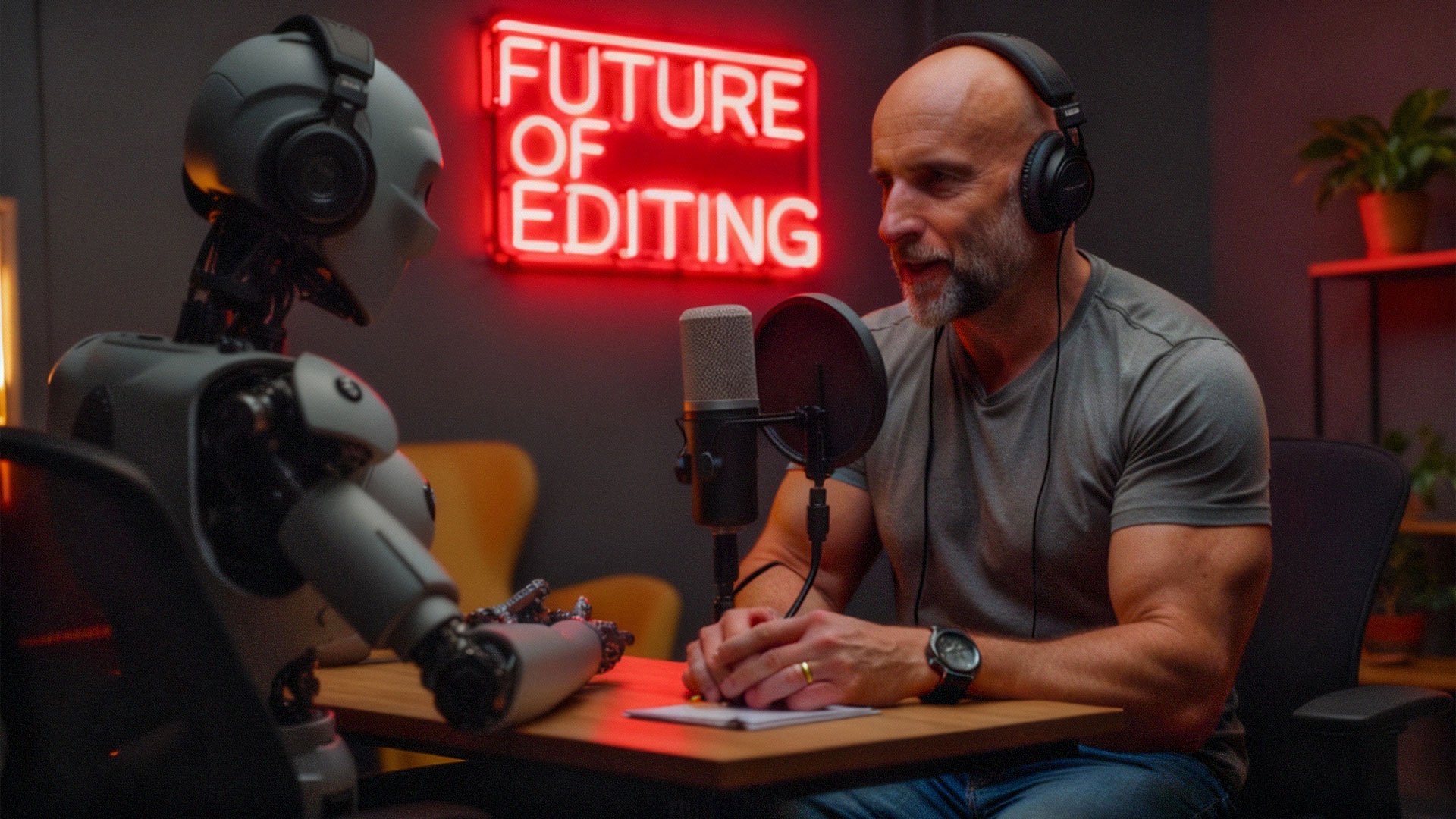I recently sat down with ChatGPT to discuss the future of AI in photo editing. But this wasn’t the usual polite, agreeable AI conversation. I asked for the "On Edge" take - no fence-sitting, just the brutal truth.
The consensus? The days of manually pushing pixels are numbered. We are moving from a world of technical craftsmanship to one of creative direction.
Here is the unvarnished reality of where photo editing is heading.
1. The "Mixed Bag" Reality Check
If you think AI is just going to make everyone a creative genius, think again. The future is a double-edged sword.
The Pro: Tasks that used to take hours will take seconds. The grunt work is disappearing.
The Con: We are about to see a flood of "cookie-cutter" edits.
The Hard Truth: AI will widen the gap between "okay" and "truly skilled." When anyone can press a button to get a polished image, technical skills stop being the differentiator. The real separation will be pure creative vision. If you’ve been relying on technical tricks rather than an artistic eye, you might feel exposed.
2. Photoshop as a "Cockpit" Not a Workbench
We are already seeing Adobe integrate third-party tools (Google’s models, Black Forest Labs’ Flux, Topaz) directly into Photoshop. This is a strategic power move to keep Adobe as the "hub" of the ecosystem.
But how will the interface evolve?
Expect Photoshop to shift from a manual workshop to a Command Center.
Current State: A toolbox where you manually tweak curves, levels, and stamps.
Future State: A cockpit of "AI Co-pilots." You will direct intelligent agents to execute tasks.
You will say, "Give this a cinematic mood," and one AI will handle the grading. You’ll say, "Fix the skin texture," and another handles the retouching. You are no longer the mechanic; you are the Creative Director.
3. The New Skill Gap: Prompting vs. Sliders
This is the part that makes old-school retouchers nervous. The slider days are fading; the era of "describe what you want" is taking over.
The differentiator is no longer how well you know a hidden menu in Capture One or Lightroom. It is about how you steer the AI.
Old Skill Set / New Skill Set
The secret sauce is now the instructions you give. The AI can’t imagine on its own; it needs your taste to guide it away from the generic and toward the unique.
4. Adapt or Die: A Note to Educators and Pros
For those whose entire business model relies on teaching people how to use sliders and manual tools, this is a major shake-up. But it’s not doom and gloom—it’s a pivot.
For Educators: Stop teaching button-pushing. Start teaching creative thinking, prompt crafting, and vision. Move from being a technical instructor to a creative mentor.
For Retouchers: AI gets you 90% of the way there, but it lacks the "human touch." Become the specialist in that final 10%—the subtle artistic decisions and finesse that an algorithm misses.
5. The "Generated Pixel" Controversy
Camera clubs and traditionalists are rightfully concerned. When an image contains pixels the photographer didn't capture, is it still photography?
The advice is simple: Don't fight the tide, surf it.
We need transparency and clear categorization:
Pure Capture Categories: Strictly no generated pixels.
AI-Augmented Categories: Open experimentation.
Photography has evolved before (film to digital), and this is just the next step. By separating the categories, we preserve the tradition of the craft while allowing space for the new wave of digital art.
The Bottom Line
The future isn't about the software tools vanishing; it's about them moving to the background. The sliders will likely remain tucked away for the die-hards, much like manual mode on a camera, but the workflow will be AI-first.
If you are worried about AI taking your job, remember this: The tool is changing, but the eye remains. AI can generate an image, but only a human can know if it’s right.

